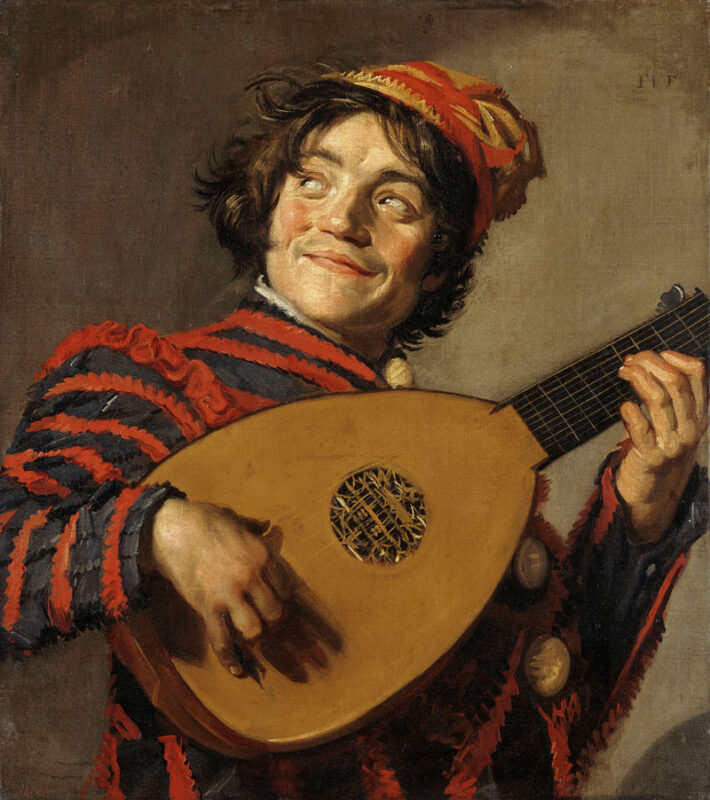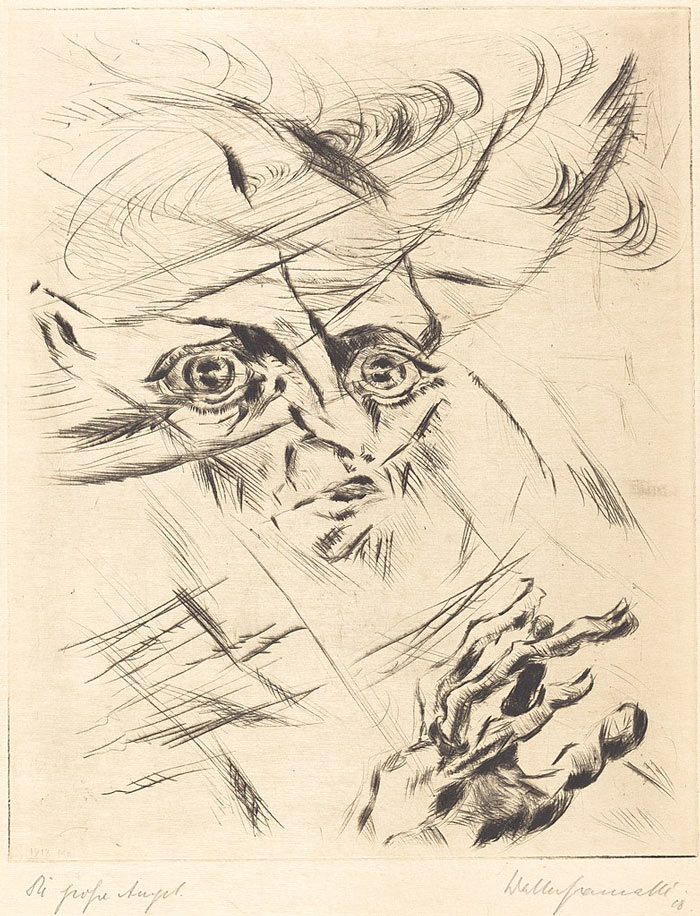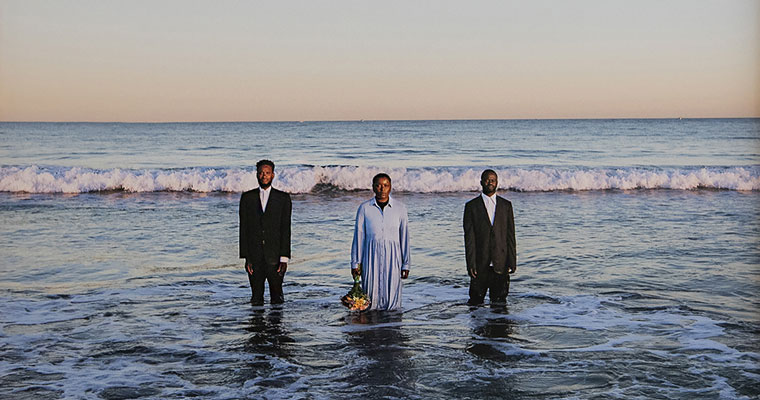Frans Hals, a virtuoso at the Rijksmuseum

From 16 February to 9 June 2024, the Rijksmuseum presents “Frans Hals”, an exhibition of some 50 of the Dutch master painter’s greatest works, many on loan from top international collections.
Source: Rijksmuseum, Amsterdam · Image: Frans Hals, “The Lute Player”, ca. 1623. Musée du Louvre.
Following monographic exhibitions devoted to Rembrandt (in 2015 and 2019) and Vermeer (in 2023), the Rijksmuseum is now staging its first major exhibition devoted to Frans Hals. This is the first exhibition of his work on such a scale since the 1989-1990 show which visited The Royal Academy of Arts, London, the Frans Hals Museum, Haarlem, and The National Gallery of Art, Washington.
The 50 works in this exhibition testify to the aim of Frans Hals (Antwerp 1582/1584 – Haarlem 1666) to convincingly portray his subjects as living, breathing, kinetic individuals. To this end, Hals deliberately and boldly pursued a unique personal style that was utterly original in the context of 17th-century Dutch painting. He used his quick and lively brushwork style to imbue his subjects with an unprecedented level of dynamism. The exhibition will also dig deeper into the identities and social milieus of the people Hals painted, bringing them even more to life. Malle Babbe, for example, is believed to have been a familiar figure on the streets of Hals’s home city of Haarlem, while the man portrayed in Peeckelhaering was probably an English actor touring the Netherlands with a theatre group.
Frans Hals’s original style and technique earned him a reputation in his own time as a virtuoso, a status equalled only by the likes of Rembrandt in the Netherlands and Velázquez in Spain. He was an in-demand portraitist among the wealthy citizenry of Haarlem and other cities in the region. Over the course of the 18th century, however, Hals’s work gradually fell into obscurity. It wasn’t until the 19th century that French art critic and journalist Théophile Thoré-Bürger (1807–1869) rediscovered his work, as well as that of Vermeer. Until the 1960s, Frans Hals was regarded as one of the ‘big three’ of 17th-century Dutch painting, alongside Rembrandt and Vermeer. Later, however, interest in the artist waned significantly – reason enough for the Rijksmuseum, The National Gallery, London, and Gemäldegalerie, Berlin, to place him on the highest possible pedestal and to show how truly boundary-breaking he was as an artist.
The artist’s expressive, gestural brushwork has always been seen as the most distinctive quality of his art, and he can justifiably be described as the forerunner of Impressionism. Hals’s virtuosic style influenced fellow artists Gustave Courbet, Édouard Manet, James McNeil Whistler, Claude Monet, Max Liebermann, Vincent van Gogh, John Singer Sargent and others. Almost all of them visited Haarlem to admire his portraits of individuals and civil militia groups.
Follow us on:


